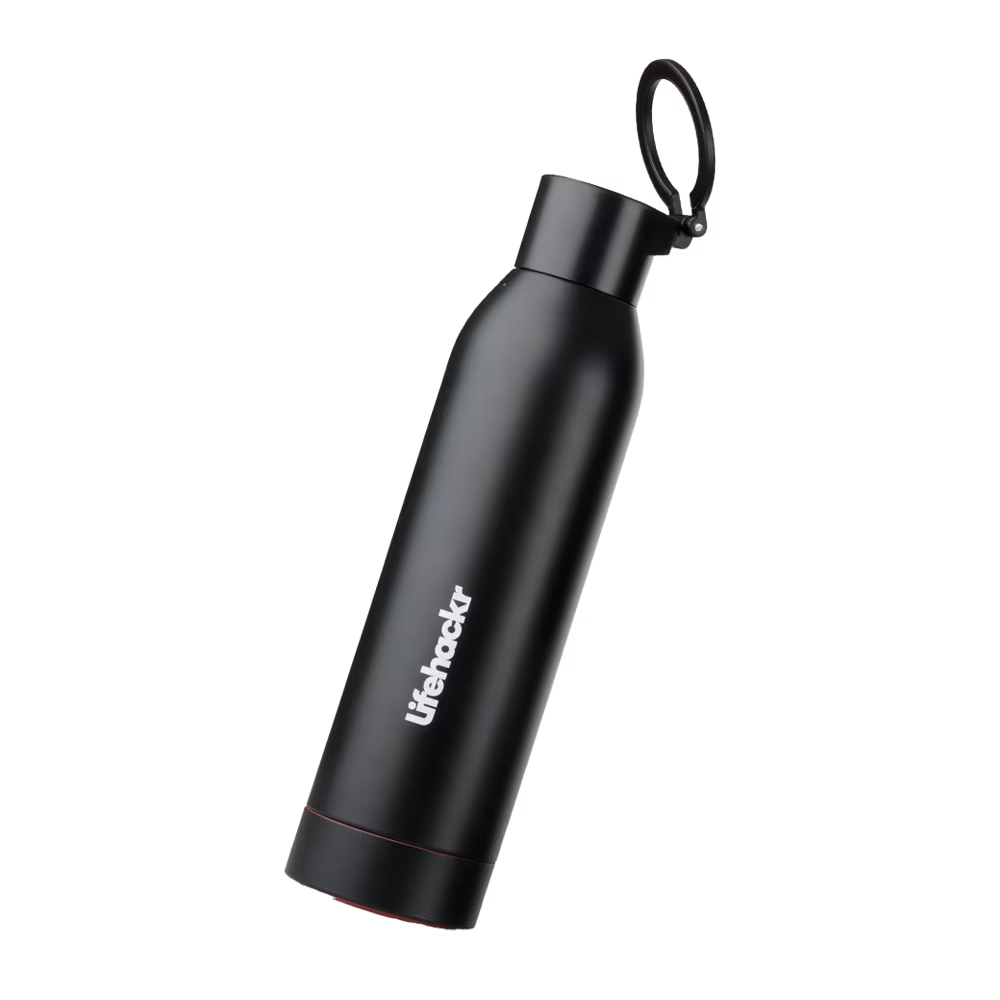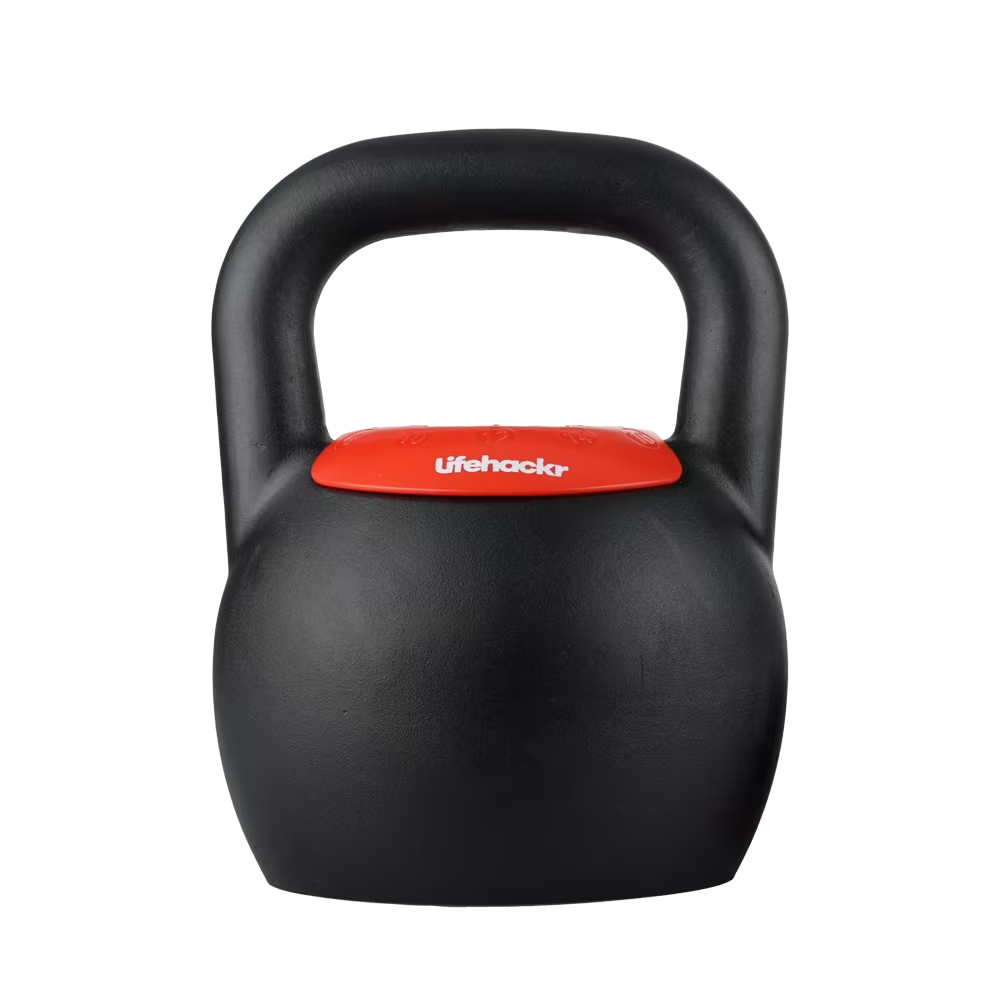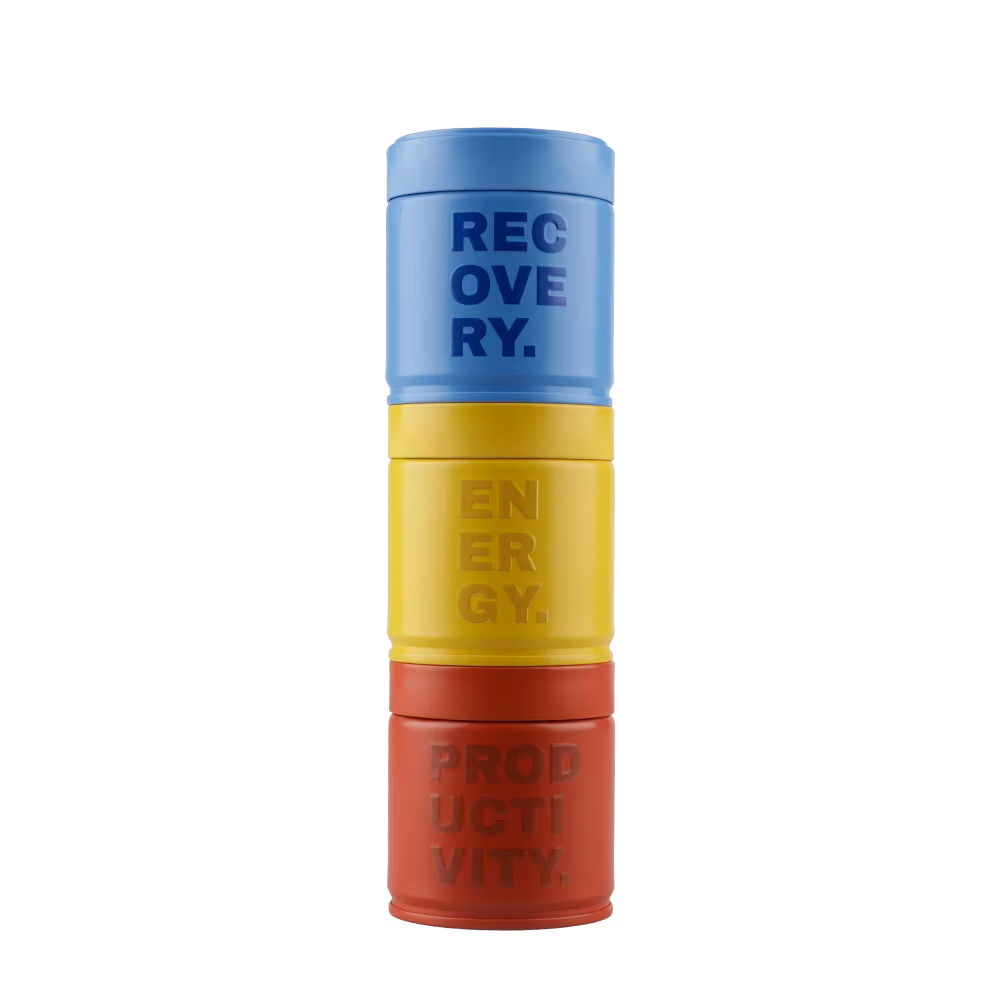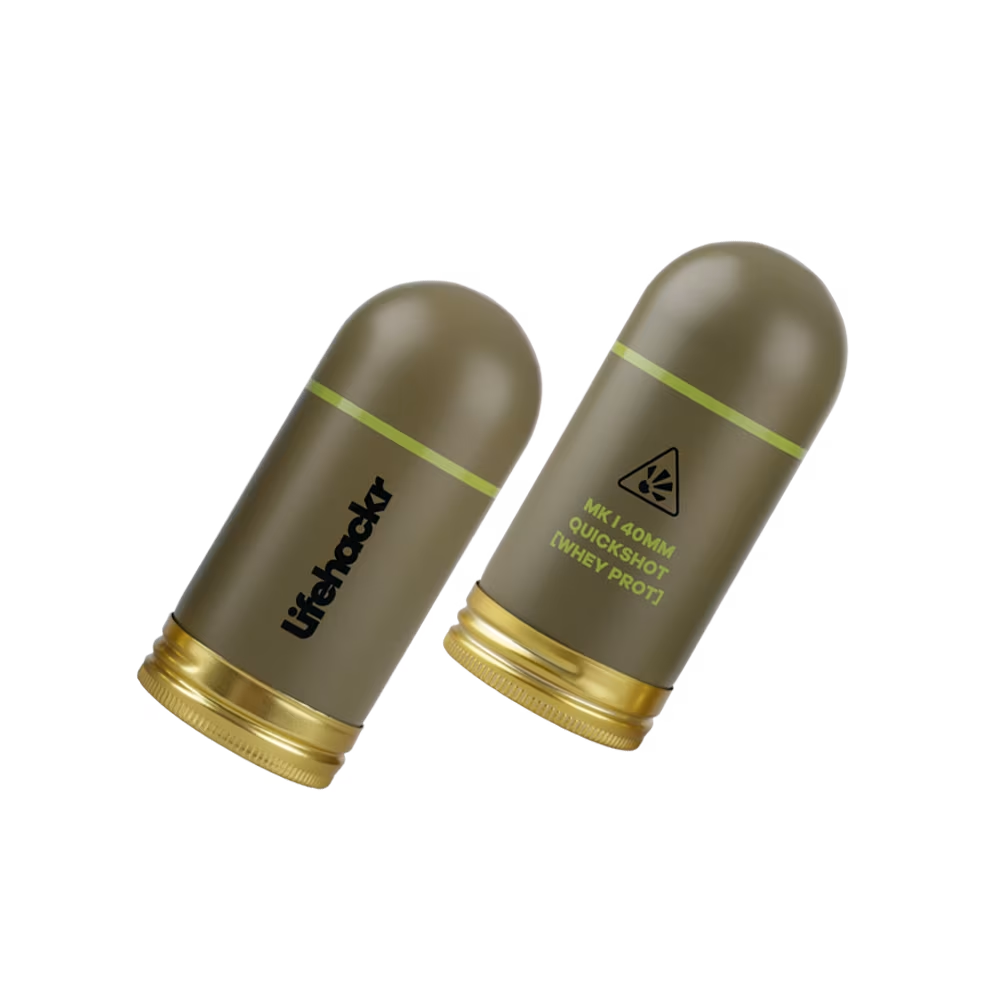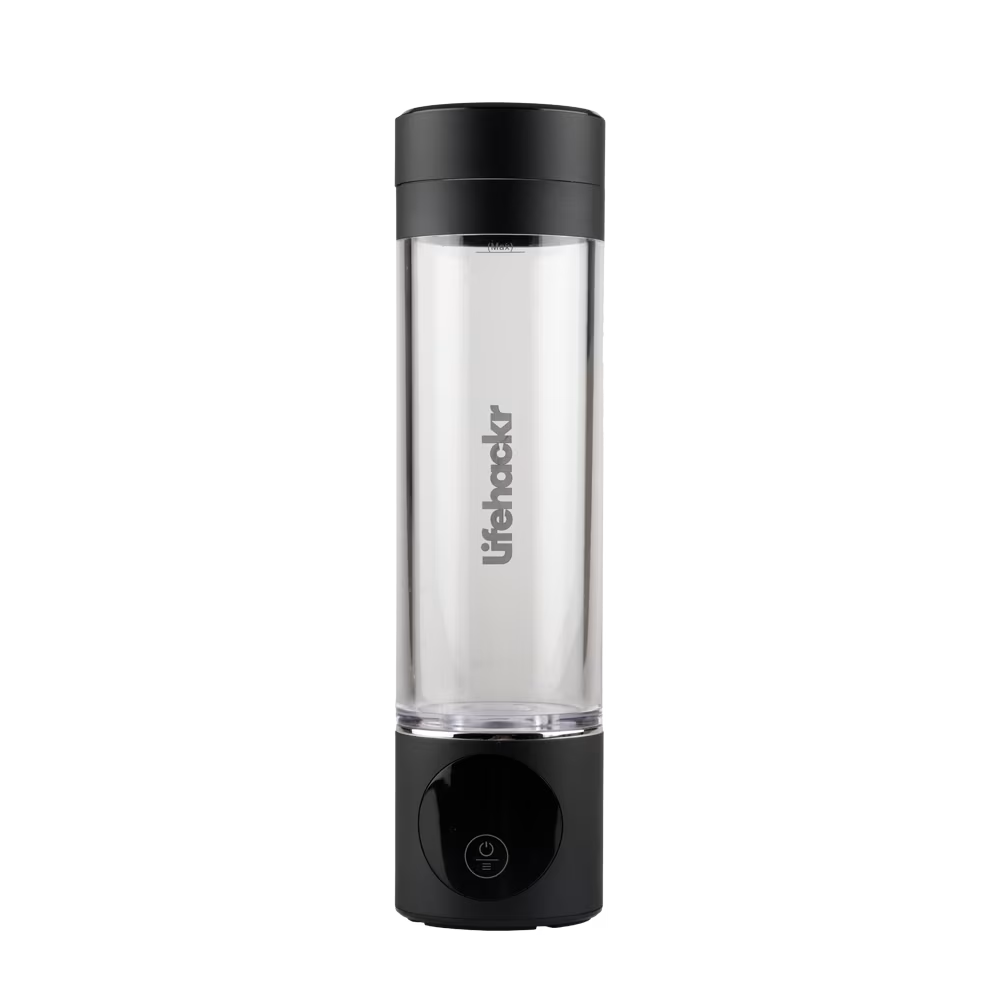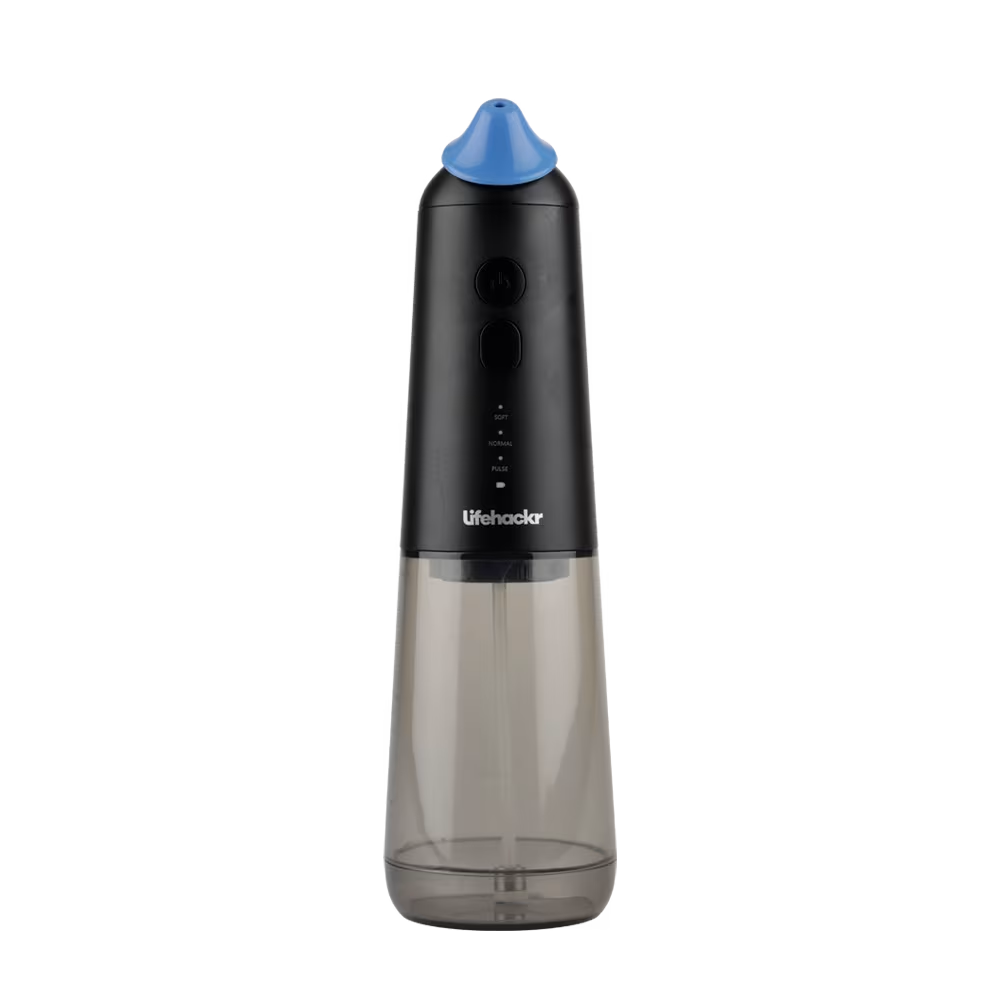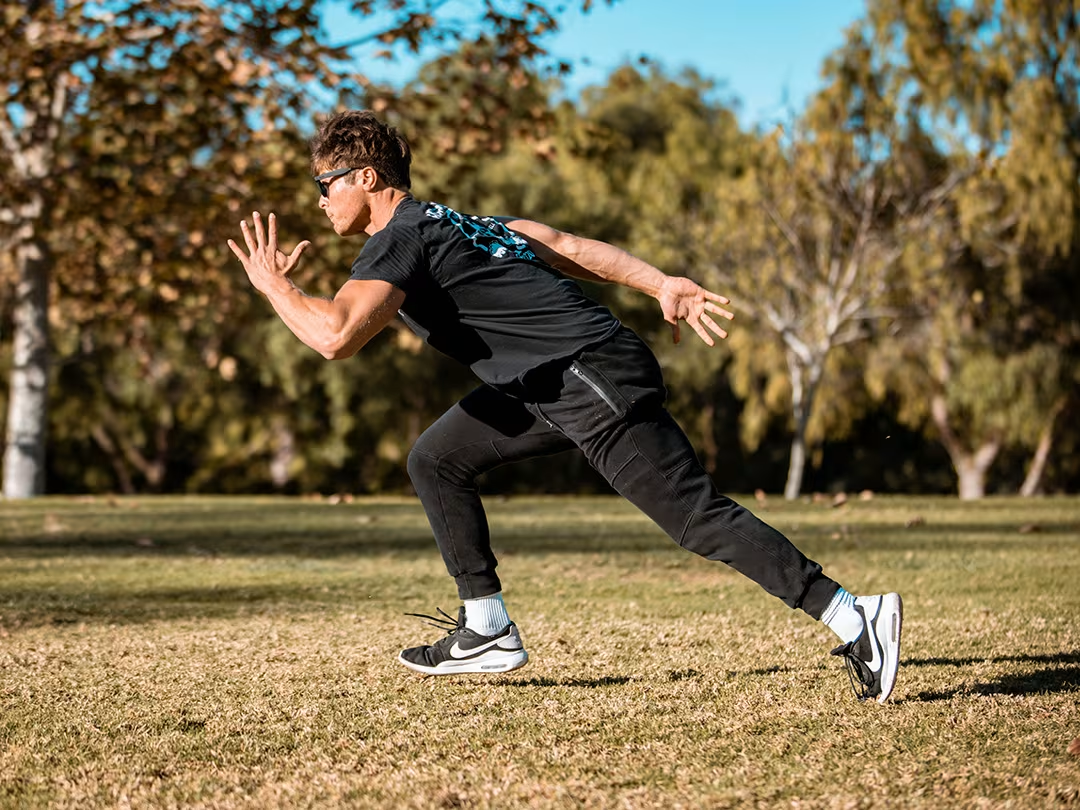
Why Sprinting Is the Most Underrated Form of Training
When most people think “cardio,” they picture steady jogging, long bike rides, or grinding away on an elliptical. Sprinting rarely makes the list—probably because it’s hard, it’s uncomfortable, and it leaves no room for half-effort. But if you’re looking for the biggest return on your training investment, sprinting deserves a permanent place in your routine.
Sprinting is not just “running fast.” It’s a full-body, high-intensity workout that engages every major muscle group, drives explosive power, and taxes your cardiovascular system in ways no steady-state session can. Whether your goal is fat loss, athletic performance, or simply looking and feeling better, sprinting is one of the most efficient tools you have.
1. Maximum Power in Minimum Time
A single sprint—done all out—recruits more muscle fibers in a few seconds than most workouts do in minutes. This isn’t about burning calories while you run; it’s about creating an afterburn effect (excess post-exercise oxygen consumption) that elevates your metabolism for hours afterward.
2. A Hormonal Advantage
High-intensity sprints trigger a surge in growth hormone and testosterone—both critical for building muscle and burning fat. They also increase insulin sensitivity, improving how your body handles carbohydrates and reducing the risk of metabolic disorders.
3. Functional Strength and Coordination
Sprinting builds more than speed—it sharpens neuromuscular efficiency. Every stride is a coordinated explosion of force from your hips, core, and upper body. This translates to better performance in everything from weightlifting to weekend sports.
4. Cardiovascular and Respiratory Gains
While sprinting is short in duration, it forces your heart and lungs to work at their upper limits. This expands your VO₂ max (the measure of how much oxygen your body can use), a key indicator of endurance and overall health.
5. Fat Loss Without Muscle Loss
Steady-state cardio can help you lean out, but it often comes at the cost of muscle mass. Sprinting burns fat while sending a strong “keep the muscle” signal to your body. For those chasing a lean, athletic look, that’s a winning combination.
How to Start Sprinting Safely
- Warm up thoroughly: Sprinting cold is an injury waiting to happen. Commit to 10–15 minutes of mobility drills and gradual accelerations.
- Start with fewer reps: Two to four sprints at 80–90% effort is plenty for beginners. Build volume gradually.
- Prioritize recovery: High-intensity sprints demand longer rest between efforts and more recovery days than lighter cardio.
- Use varied formats: Hill sprints, sled pushes, or bike sprints can reduce impact on joints while delivering the same intensity.
Bringing It All Together
Sprinting is the definition of efficiency: short sessions, maximum impact, and benefits that reach far beyond the track. The LIFEHACKR® Sprint mini-app designs progressive sprint programs tailored to your fitness level, tracks performance metrics, and integrates them with your broader training plan.


